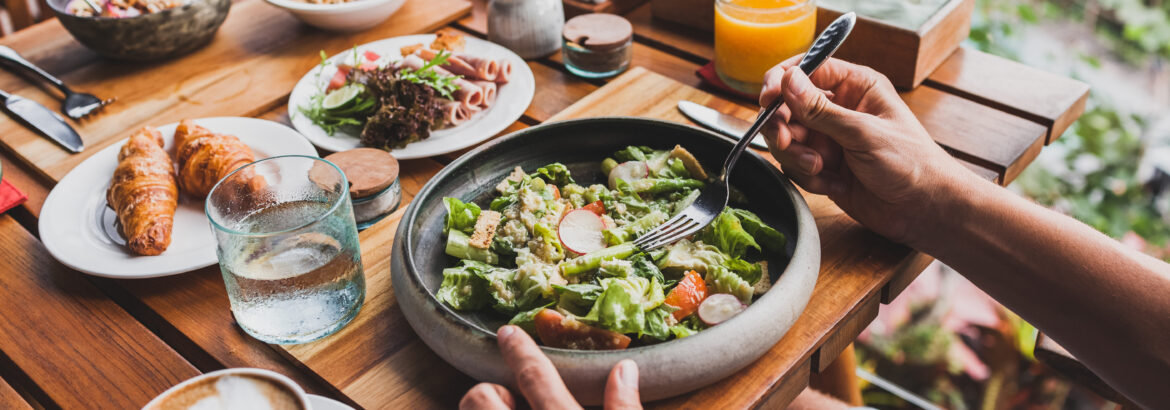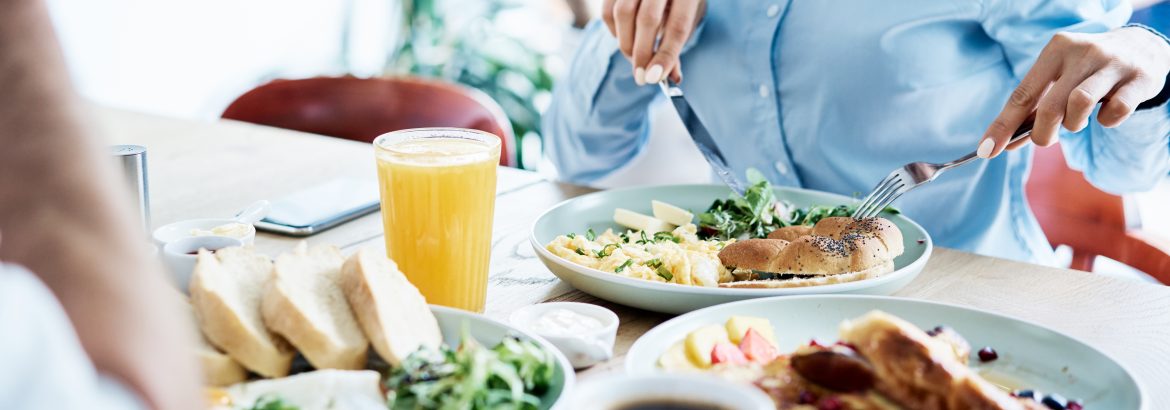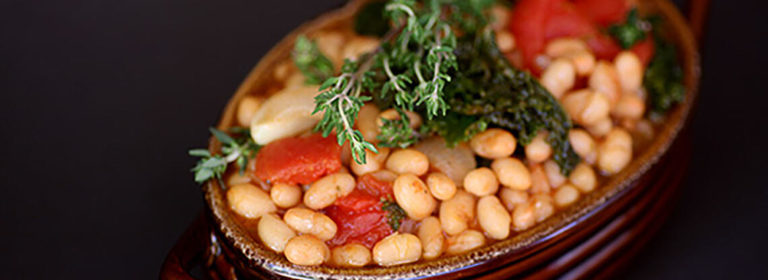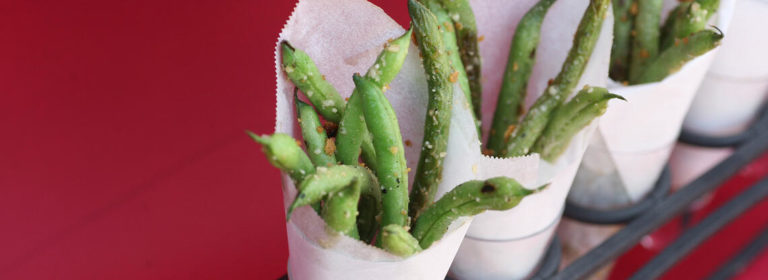Today’s customers, especially the younger generations, prioritize self-care, particularly at the start of a new year. From skincare, to sleeping patterns, relaxation and meditation tools, exercise regimens—and you guessed it, dietary practices—this generation wants to live their best lives and is willing to pay for it. Wellness ingredients on breakfasts and brunch menus can draw in patrons that want to kick off the year—and morning—with delicious produce-driven dishes.
- Veg-Centric. Pile on the fresh produce to lower overall calories and fats while increasing vitamin and mineral content. Make fruits and vegetables the center of the breakfast place, using meats and dairy products as accents only.
- Gut Health. Studies have shown probiotic foods can help the body reduce gastrointestinal issues, brain fog, depression, sleep disturbances, and anxiety. Adding foods that can increase healthy microorganisms within the digestive tract can aid in feeling better. This includes fermented ingredients such as pickled onions and cabbage, prebiotics like tree fruits and root vegetables, and replacing sugars and processed foods with berries, bananas, mangoes, and sweet potatoes.
- Protein Power. A surge in protein popularity started a few years ago and continues to skyrocket. Pairing animal products with plant foods rich in these compounds (think spinach, edamame, Brussels sprouts, broccoli, and even potatoes!
- Simplicity. One way to highlight that a recipe is natural is by keeping the ingredient count low. Customers want to know what they’re eating, so dishes like fruit and yogurt smoothies, avocado toast with poached egg, omelets with spinach and mushrooms, and hot grain cereals with berries.
SHOWCASE IDEAS FOR OPERATORS
- Veg-Centric: MFC Bell Peppers, RSS Broccolini, RSS Cauli Creations, MFC Red Potatoes, RSS Shredded Kale, MFC Asparagus, MFC Tomatoes, and RSS Avocado Halves.
- Gut Health: RSS Sliced Red Onions, RSS Shredded Cabbage, RSS Peeled Garlic, RSS Carrots, MFC Trimmed Leeks, MFC Sweet Potatoes, and mangos.
- Protein Power: RSS Halved Brussels Sprouts, RSS Triple-Washed Spinach, RSS Broccoli Florets, MFC Potatoes, MFC Mushrooms, and edamame.
- Simplicity: RSS Baby Spinach, RSS Avocado Pulp, MFC Pears, MFC Strawberries, raspberries,
and bananas.




